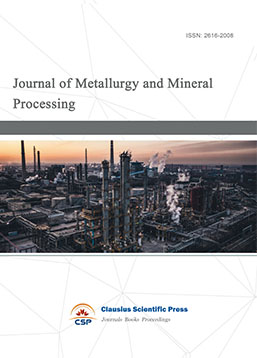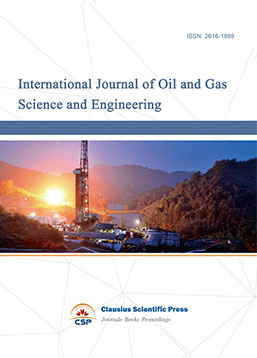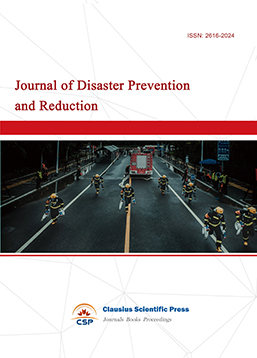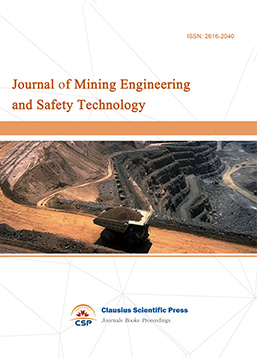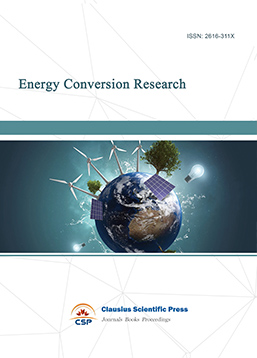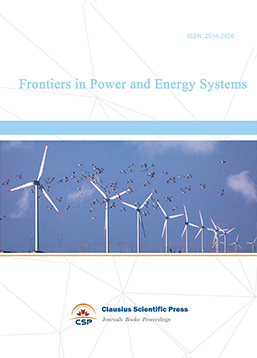Application Principle and Fault Maintenance of Thermal Automation Instrument Based on predictive control
DOI: 10.23977/ssge.2021.030108 | Downloads: 14 | Views: 1743
Author(s)
Hao Xu 1
Affiliation(s)
1 China Energy Longyuan Environmental Protection Co., Ltd
Corresponding Author
Hao XuABSTRACT
Thermal automation instrument plays a very important role in thermal automation system. It is usually composed of three parts: sensor, transmitter and display. The specific analysis of thermal parameters by thermal automation instruments can also timely reflect the operation of thermal equipment and provide the most reliable information and data for the control system of power plant. At the same time, good operation of thermal automation instruments is also an inevitable way to ensure equipment safety, which plays a certain role in economic operation and automation of power plant. Predictive control is a new control algorithm with rapid development, which has obvious advantages, such as its intuitive concept, easy modeling, no need for accurate model and complex control parameter design, and compared with model predictive torque control, it avoids the problem of weight coefficient design. Based on predictive control, this paper expounds the application principle and fault maintenance of thermal automation instruments in detail.
KEYWORDS
Predictive control, thermal automation instrument, application principle and faultCITE THIS PAPER
Hao Xu. Application Principle and Fault Maintenance of Thermal Automation Instrument Based on predictive control. Smart Systems and Green Energy (2021) Vol. 3: 41-45. DOI: http://dx.doi.org/10.23977/ssge.2021.030108.
REFERENCES
[1] Qi Zhiyu. The application principle of thermal industrial automation instrument and its failure maintenance analysis [J]. Engineering Technology (Full Text Edition), 2016(9): 00261-00262.
[2] Zhu Daoli, Bie Xiongbo. Predictive control and fault diagnosis based on identification of NNARX turbine regulating system [J]. Automation and Instrumentation, 2017, No.218 (12): 228-230.
[3] Zhang Wentao, Yang Weilin. Model predictive control method of permanent magnet synchronous motor based on finite control set [J]. Automation Instrumentation, 2020, v.41; No.465 (05): 45-52.
[4] Zhou Li, Jin Xiaoming. Advanced control and real-time optimization of atmospheric and vacuum equipment [J]. Automation Instrumentation, 2018, v.39; No.444 (08): 9-12+17.
[5] Guan Shiyuan. Design of generalized predictive controller for distillation column [J]. Automation and Instrumentation, 2016, 31(010): 49-52.
[6] Xue Meisheng, Wang Yifeng, Qin Yuhai. Design and realization of advanced control system for cement clinker calcination process [J]. Chemical Industry Automation and Instruments, 2020, v.47; No.353 (02): 5-11+32.
[7] Zhang Xing, Zhu Shuxian. The application of improved neural network classification in the fault diagnosis of asynchronous motor [J]. Automation and Instrumentation, 2018(4): 214-218.
[8] Zhang Caifeng, Zheng Bencai, Fu Hui. Application of advanced control system in acrylonitrile plant [J]. Chemical Industry Automation and Instrumentation, 2018, 045(008): 625-630.
[9] Geng Jian, Zhang Yufei, Fan He, et al. Application of multivariable DMC predictive control in MGT-CCHP system [J]. Industrial Instrumentation and Automation, 2017(05): 79-83.
[10] Wang Jun, Huang Fenshao. Nonlinear predictive control of switching power supply based on RBF neural network [J]. Automation and Instrumentation, 2017, 32(005): 41-43.
| Downloads: | 1298 |
|---|---|
| Visits: | 85042 |
Sponsors, Associates, and Links

 Download as PDF
Download as PDF